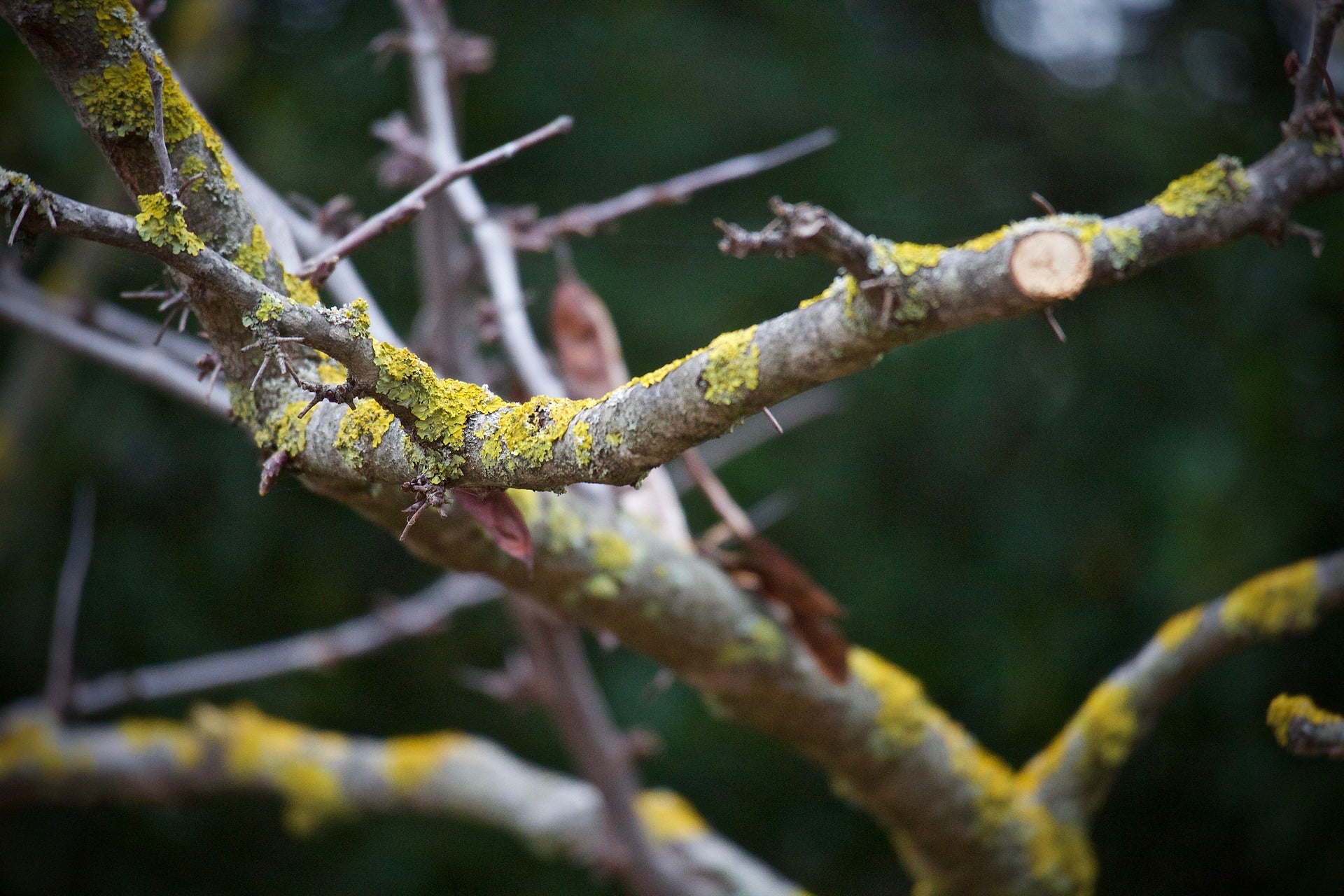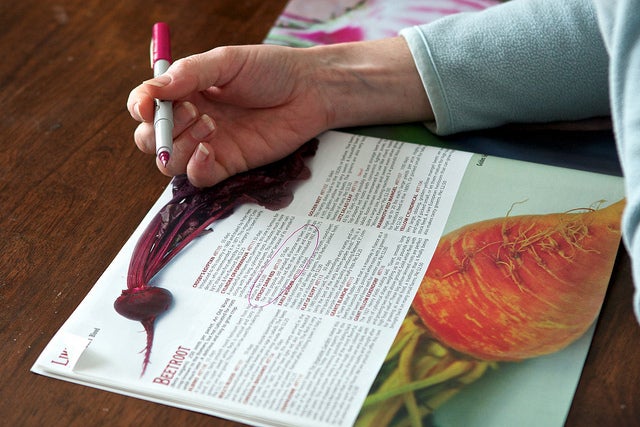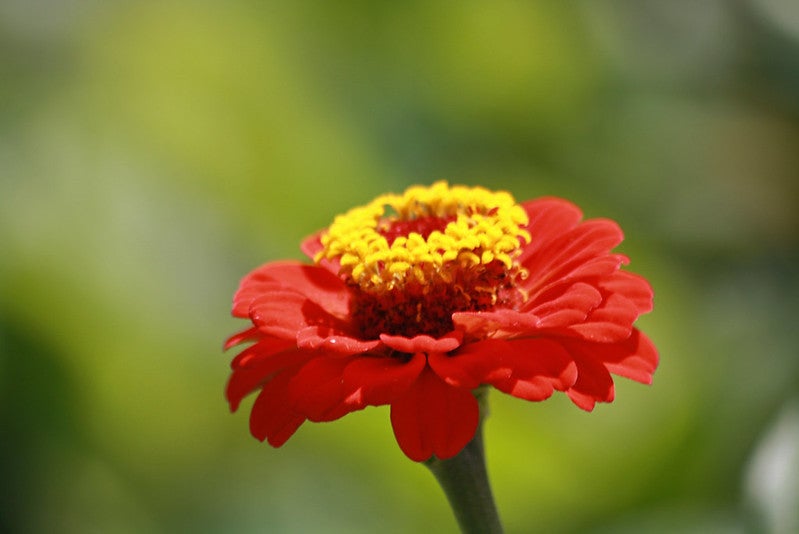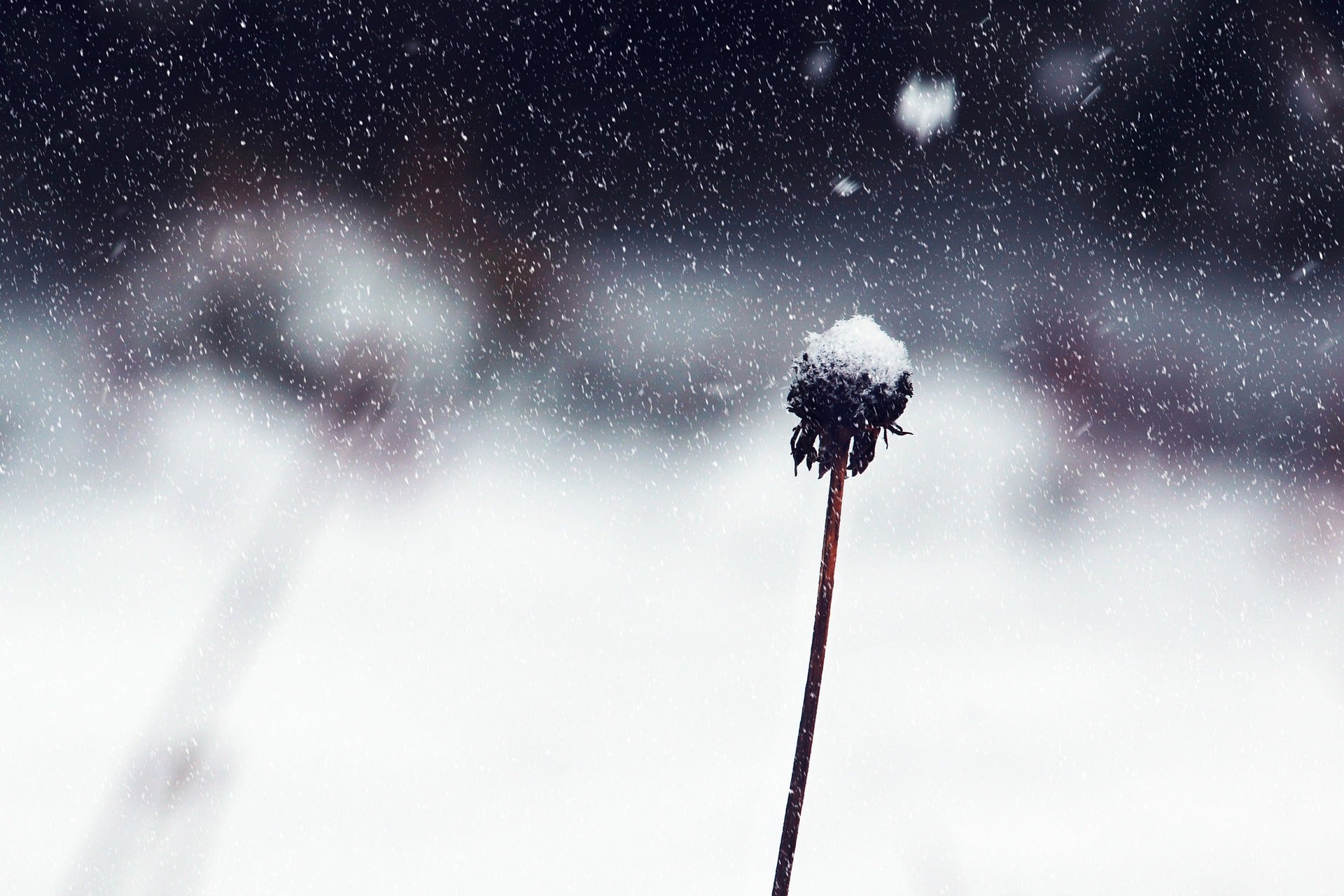Even in wintry Wisconsin, gardening is a year-round hobby.
So what does a gardener do during winter’s snowy weather and frigid temperatures?
Mark Dwyer, horticulturist and owner of Landscape Prescriptions by MD, suggests winter pruning and plenty of research and planning using things like gardening catalogs and researching gardening trends. He also has some helpful tips for getting your seeds started when the time comes.
Stay informed on the latest news
Sign up for WPR’s email newsletter.
Winter Pruning

“Winter is a great time for pruning for about 95 percent of woody plants, and can pretty much happen any time from now through March,” said Dwyer. “One of the big advantages is you can see the silhouette — particularly in the deciduous trees — and clean up things like crossing branches and dead wood.”
Another reason to prune during the winter is to allow more light to filter through, which benefits surrounding plants and turf. Thinning also allows for wind to pass through the canopy more easily, which means less wind damage to the tree.
Dwyer does caution against pruning things like lilacs and some plants that bloom on older wood. He said doing so would actually damage the flower appeal for the upcoming spring.
Garden Catalogs And Starting Seeds

Garden catalogs are great for planning, and Dwyer points out they’re also helpful for finding seeds for “plants that don’t bloom at the time of spring garden sales. For example, melampodium, which has several varieties — one being Derby — that are particularly good annuals for Wisconsin. You won’t find them at garden houses in the spring, but you will find them in practically every seed catalog.”
And in terms of starting seeds, Dwyer said, “earlier isn’t always better. The problem with starting seeds too soon is that you’ll get leggy, straggly plants.”
“Pay attention to lighting, grow light placement can be as close as 6 inches from the soil. And the temperature should be higher than 70 degrees,” he said.
He also recommends following the packet instructions and “don’t forget to consider the region you’re growing in when transferring seedlings outside. It’s important to know your plant before you put it in.”
Plant Trends

“Don’t get too wrapped up in the eye candy or trends captured in catalogs,” said Dwyer. “Winnow down your choices because you’ll always have more seeds than you could ever possibly grow.”
He said that doing research beforehand can help.
“It’s great to see what’s new, but as they say, ‘What’s new isn’t always good and what’s good isn’t always new,’” said Dwyer. “It’s fun to explore new opportunities, but it behooves you to do the research.”
Wisconsin Public Radio, © Copyright 2025, Board of Regents of the University of Wisconsin System and Wisconsin Educational Communications Board.
